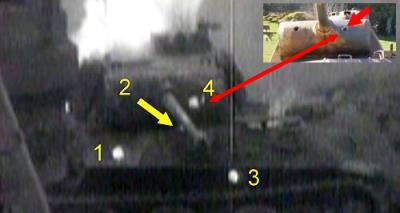

Early and his crew were to advance and destroy it.

A radioed order came in-there was a Panther guarding the cathedral plaza. Robert Early and his crew heard an explosion and saw smoke drifting over the rooftops. He’d been there to see the Sherman commander die because the media jeeps were riding up front with the spearhead. Rising over the city were the undamaged spires of Cologne Cathedral, that formed an exotic, almost romantic backdrop to the fighting.Įvery cameraman wanted to be the first to capture images of American troops occupying the Cathedral, and the light German resistance had made Bates reckless. Visibility was good and the terrain aesthetically interesting. Troops of the 3 rd Armored Division and 104 th Infantry were fighting street-by-street in the bombed ruins of the old city. That would not be all he filmed that day. Though Bates didn’t know it then, the Sherman’s destruction would set off a chain of events leading to the most celebrated armoured duel of WWII-a duel that would become famous precisely because he was there to capture it.Ĭologne provided exciting conditions for a combat photographer. Jim Bates of the US Army Signal Corps captured them on film. Wisps of smoke coil out of the traumatized stump. Crewmen from an accompanying M4 run to assist him. The commander hops onto the back of the tank.

The gunner tumbles out of a hatch and falls to the street headfirst. They stagger and stumble like concussed boxers, bleeding and rattled, not caring how they fall. It’s not a pretty thing, men bailing out of a stricken tank. The commander’s hatch opens, venting smoke. Special thanks to Robert Rath (author) and Karl Brezdin (illustrator) from Extra Credits who prepared a short story on the most remarkable event during this battle: the tank duel between a Panther and a Pershing.Ĭologne, Germany They don’t see the Panther until it’s too late.Ī shot punches through the Sherman’s gun shield. Today, we would like to present to you a piece of history: the Battle of Cologne.


 0 kommentar(er)
0 kommentar(er)
